Increased Focus on Surgical Precision
The Medical Smart Glasses Market is witnessing an increased focus on surgical precision, which is driving the demand for advanced surgical tools. Smart glasses equipped with augmented reality features allow surgeons to overlay critical information directly onto their field of view, thereby enhancing accuracy during procedures. This capability is particularly valuable in complex surgeries where precision is paramount. As the healthcare sector continues to emphasize patient safety and outcomes, the integration of smart glasses into surgical practices is expected to rise. The market for surgical navigation systems, which includes smart glasses, is projected to grow at a rate of approximately 20% annually, indicating a strong potential for the Medical Smart Glasses Market to capitalize on this trend.
Growing Demand for Remote Patient Monitoring
The Medical Smart Glasses Market is poised to benefit from the growing demand for remote patient monitoring solutions. As healthcare systems increasingly prioritize telehealth services, smart glasses equipped with video conferencing and data-sharing capabilities are becoming essential tools for healthcare providers. This trend is driven by the need for efficient patient management and the desire to reduce hospital visits. The market for remote patient monitoring devices is expected to grow significantly, with estimates suggesting a compound annual growth rate of over 25% in the coming years. Consequently, the Medical Smart Glasses Market is likely to see a rise in adoption as healthcare professionals leverage these devices to enhance patient engagement and streamline care delivery.
Technological Advancements in Wearable Devices
The Medical Smart Glasses Market is experiencing a surge in technological advancements, particularly in wearable devices. Innovations in augmented reality (AR) and virtual reality (VR) are enhancing the functionality of smart glasses, allowing for real-time data visualization and improved surgical precision. The integration of advanced sensors and imaging technologies is likely to facilitate better patient outcomes and streamline medical procedures. As of 2025, the market for wearable medical devices is projected to reach approximately 50 billion USD, indicating a robust growth trajectory. This trend suggests that the Medical Smart Glasses Market will benefit from the increasing adoption of these technologies, as healthcare professionals seek tools that enhance their capabilities and improve patient care.
Rising Adoption of Augmented Reality in Healthcare
The Medical Smart Glasses Market is experiencing a rising adoption of augmented reality (AR) technologies within healthcare settings. AR applications in medical training, patient education, and surgical assistance are becoming increasingly prevalent. This trend is driven by the need for immersive learning experiences and enhanced patient interactions. As of 2025, the AR market in healthcare is anticipated to reach around 10 billion USD, reflecting a growing recognition of its benefits. The Medical Smart Glasses Market stands to gain from this momentum, as healthcare institutions seek innovative solutions that improve training outcomes and patient understanding of complex medical procedures.
Regulatory Support for Innovative Medical Technologies
The Medical Smart Glasses Market is benefiting from regulatory support aimed at fostering innovation in medical technologies. Governments and regulatory bodies are increasingly recognizing the potential of smart glasses to improve healthcare delivery and patient outcomes. Initiatives to streamline the approval process for medical devices are likely to encourage the development and adoption of smart glasses in clinical settings. This supportive regulatory environment is expected to facilitate market entry for new products and technologies, thereby expanding the Medical Smart Glasses Market. As regulations evolve to accommodate advancements in technology, the industry may witness accelerated growth and increased investment in research and development.


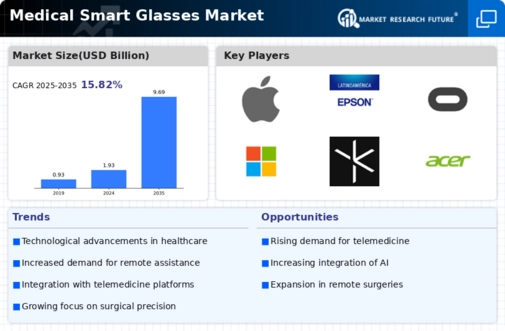
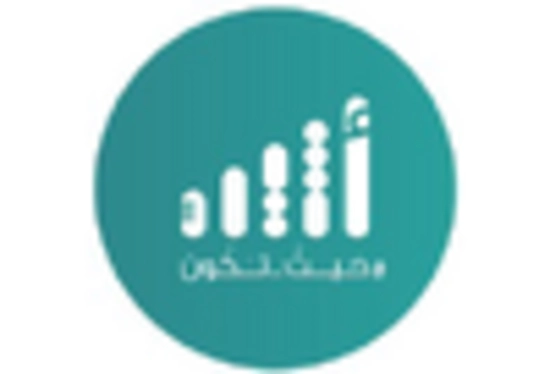
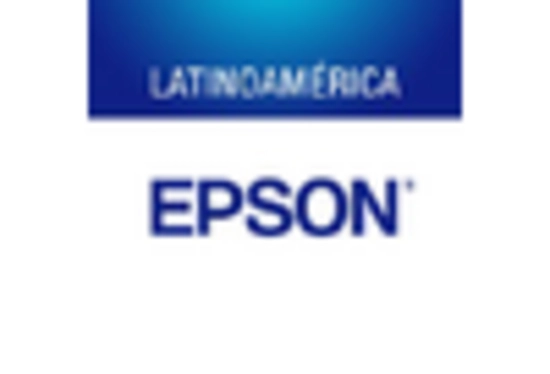


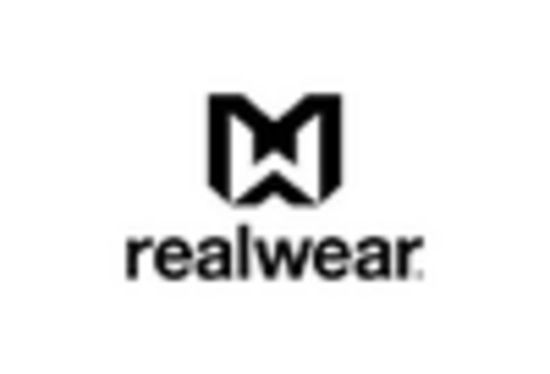
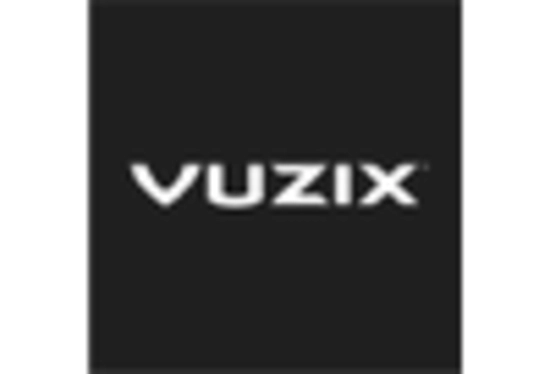








Leave a Comment